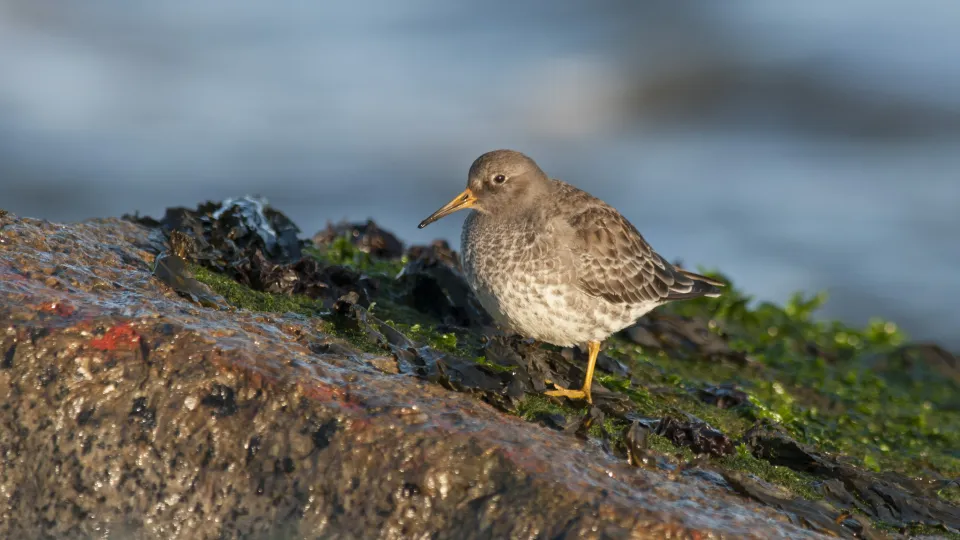
Purple sandpiper
This stocky wader is mostly a winter visitor to the UK, where it can be found on rocky, seaweed-covered coasts, often with groups of turnstones.

This stocky wader is mostly a winter visitor to the UK, where it can be found on rocky, seaweed-covered coasts, often with groups of turnstones.

The common carp is a very large fish that is popular with anglers due to its size and fighting spirit. It frequents ponds, gravel pits and lakes, but is not native to the UK, being introduced in the Middle Ages.

The stiff, spiky and upright leaves and brown flowers of hard rush are a familiar sight of wetlands, riversides, dune slacks and marshes across England and Wales.
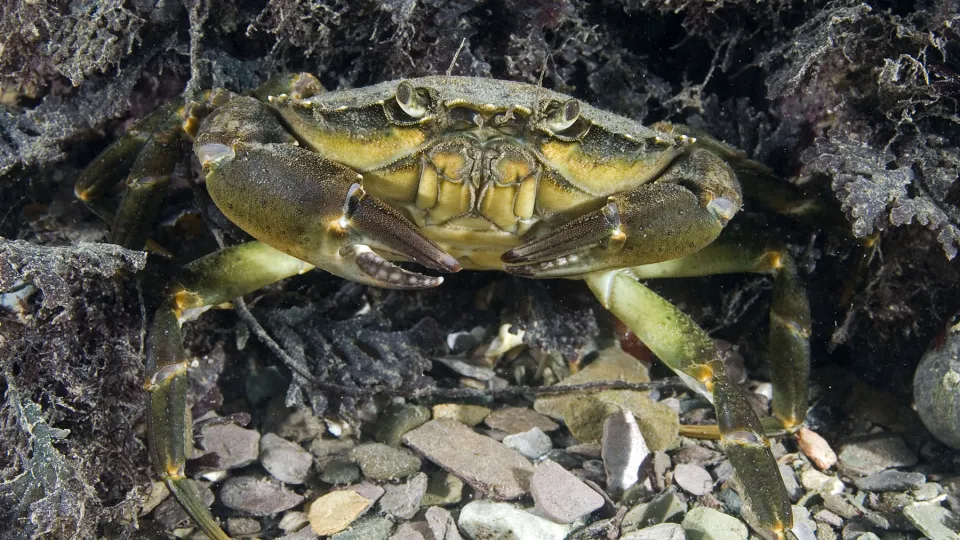
This crab is common around all of the UK. If you've ever been rockpooling or crabbing, it's probably the shore crab that you've met.

This scarce breeding duck is a summer visitor, spending the winter in Africa. Although large flocks can be found in their wintering grounds, they are usually only seen in pairs or small groups in the UK.
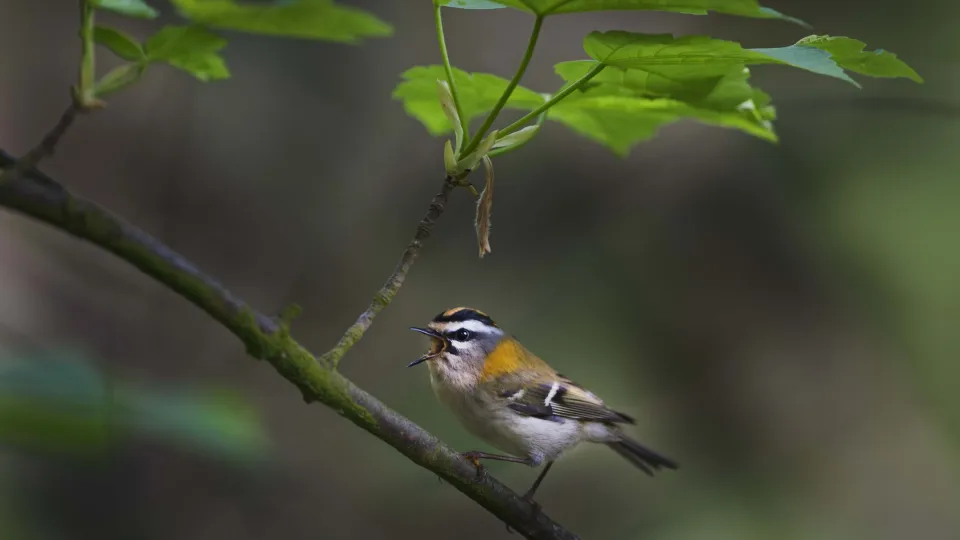
The tiny firecrest vies with the goldcrest for the title of the UK's smallest bird. Once just a visitor, the firecrest can now be found breeding in woodlands in the south of England.

The hawfinch is the UK's largest finch, with an enormous bill powerful enough to crush a cherry stone. Despite their size, they are typically elusive, especially during the summer nesting season.
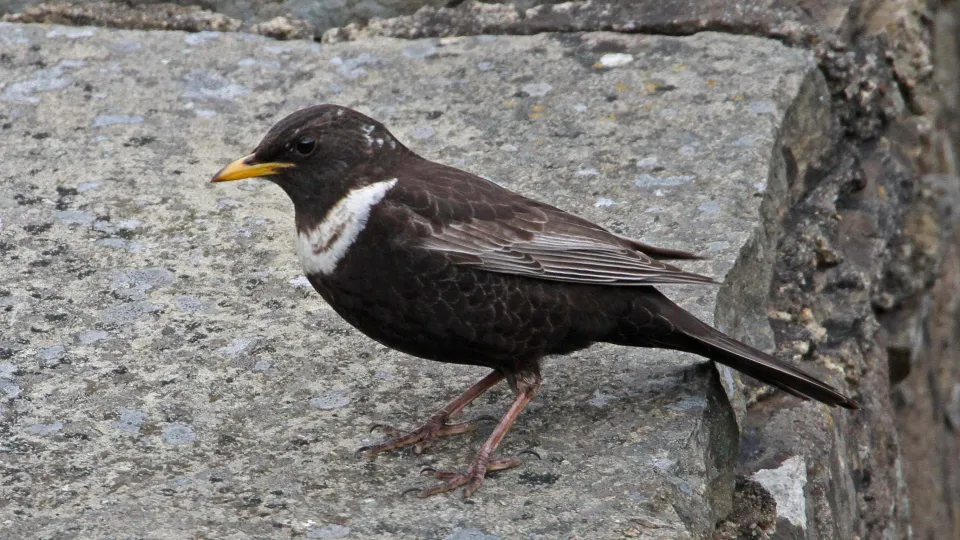
The blackbird of the mountains, ring ouzels can be found breeding on upland moors and rocky crags in summer.

Known as the phantom of the forest, goshawks can fly through the trees at up to 40km per hour as they hunt birds and small mammals.
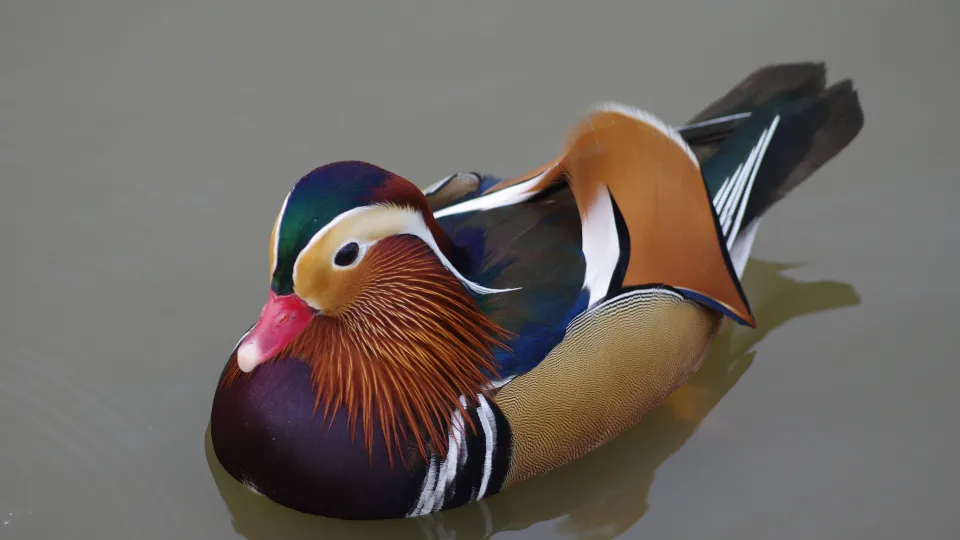
A pretty and distinctive little waterbird, the mandarin duck was introduced from the Far East as its name suggests. Oddly for a duck, it nests in trees, sometimes high above the water.